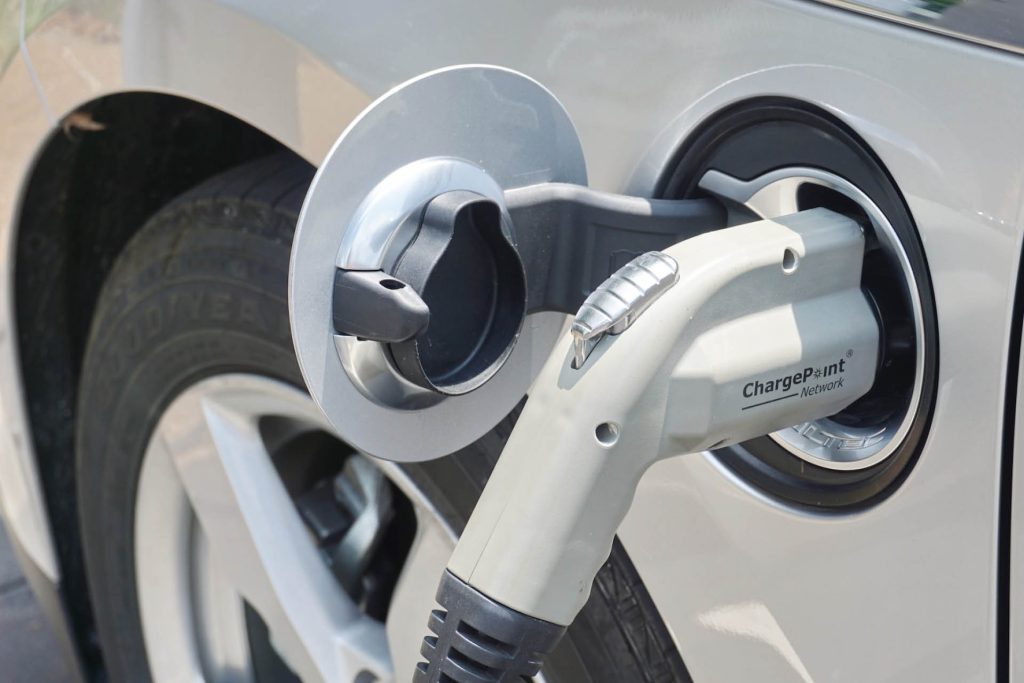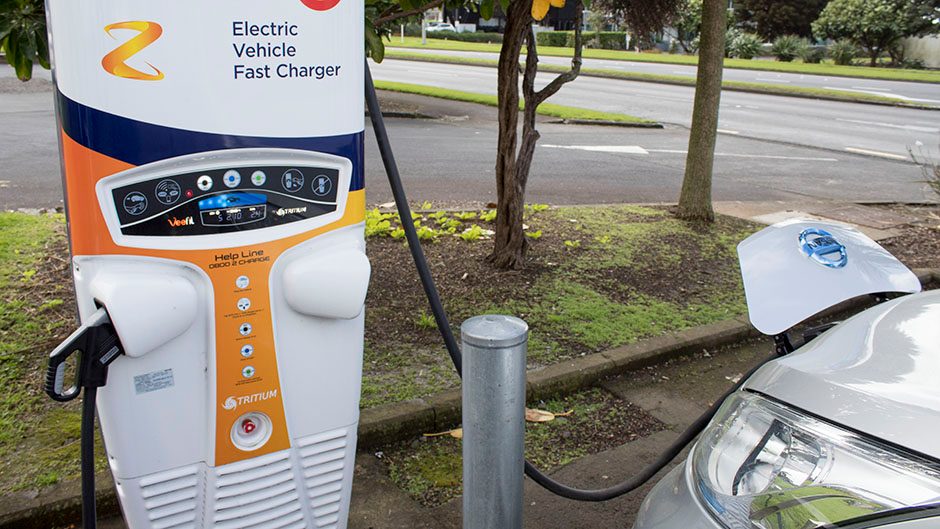According to the most recent figures from evdb.nz, there are around 75,700 full electric vehicles currently on the road in New Zealand.
Interestingly, over half of these were purchased in the last two years, with the Tesla Model Y being the most popular option.
Overall, the benefits of switching from an internal combustion vehicle to an electric one are very attractive. After all, who won’t want to save money on petrol and services? Or, for that matter, do their bit for the environment?
But at what price does this come?
Here are some hidden costs to driving an electric vehicle you might not have realised.

1. Charging
One of the main reasons people are switching from a car with an internal combustion engine to an electric vehicle is to save money on petrol.
While the costs to charging your EV is undoubtedly cheaper than filling up a tank of unleaded E10, there is still a cost involved in doing so.
According to Australia’s Electric Vehicle Council, this will set you back 0.33c per litre for an electric vehicle (as opposed to $1.50 per litre for fuel). So, you will need to bear this in mind when factoring in your ability to make repayments should you make the switch.
This charging cost will depend on the size of your vehicle and the charges you accrue at each vendor.
That said, many standard chargers are free in New Zealand (though they do take a lot of time). Additionally, if you have solar panels that store electricity in your home, you can effectively fully charge your vehicle for free.
Time
They say time is money, so it is worth mentioning that charging an electric vehicle at a standard public station can take several hours.
If you are self-employed and/or need your vehicle, it pays to be mindful of this because you could incur lost revenue in terms of the time you have available to complete paid work.
For this reason, use PlugShare to plan your time around charging at the quickest stations.

Maintenance
Another major benefit of switching to an EV is that they do not require servicing as regularly.
As a general rule, petrol and hybrid cars need to be serviced every 10,000 km. By contrast, EVs generally only require it every 20,000 to 40,000 km. That is because the latter has fewer components that need to be maintained – typically only the battery, cooling systems, brakes and software updates.
However, it is worth noting that replacing specific parts of an electric vehicle can be expensive. For instance, a new car battery can cost between $10,000 and $20,000 in some models.
Thankfully, most come with a warranty of around eight years, which guarantees 70% capacity over that time. Manufacturers will also replace the battery for free within that timeframe if it falls below that level.
Additionally, as the pool of technicians who are qualified to repair EV cars is still quite small, you might pay more in labour costs for their specialised knowledge than a regular mechanic would charge.
Insurance
Electric cars can be more costly to insure than regular petrol cars.
Not so long ago, you could expect to pay 20% more for an EV car premium, although this price is slowly falling in line with that of internal combustion vehicles.
However, given the current lack of specialist repairers and the fact that some parts of an electric car are harder to source and very expensive to replace, a differential may remain. Additionally, because of this, it’s worth noting that electric vehicles have more chance of being written off should they be involved in an accident.
— Paid Advertorial Content —


